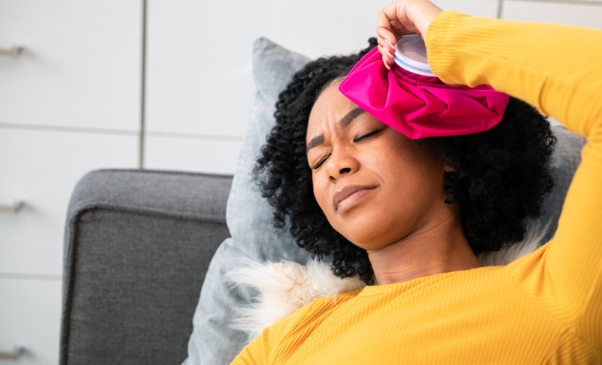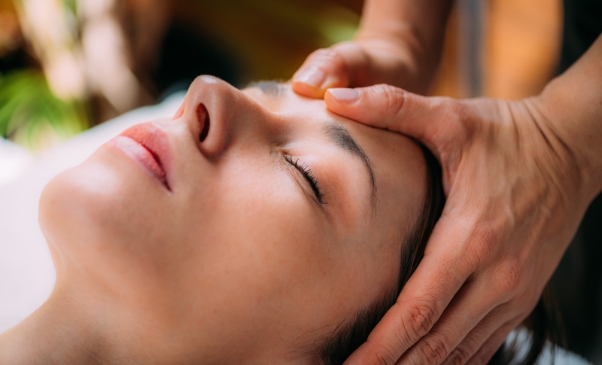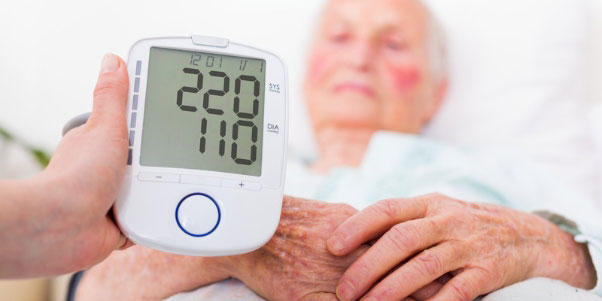Even though we won't know for sure for a while, there is a chance that muscle relaxants could help treat migraines (a few weeks rather than a few months). Most neurologists do not usually recommend them as the first treatment for migraines. Neurologists usually try other drugs first, like beta-blockers, anti-CGRP drugs, antidepressants, and anticonvulsants, on migraine patients before giving them muscle relaxants.People who have tried first-, second-, and third-line drugs to stop migraines but haven't been able to find relief may find that muscle relaxants help. On the other hand, some people can't use the substances mentioned above because of the law or because they don't have enough money. This medicine may be a big part of your doctor's plan to treat you.

Can muscle relaxers treat migraine?Migraine sufferers may be more sensitive to certain gene combinations than the rest of the population. Many different things can cause migraines, and because everyone's DNA and mutations are different, there are many different ways to treat them and keep them from happening. It might take a while to figure out which projects should be merged.Most of the time, the FDA doesn't approve of using muscle relaxants that work on skeletal muscles to treat migraines. When a doctor gives a patient a muscle relaxer for migraines, they almost always use it in a way that the Food and Drug Administration has not approved (FDA). Most muscle relaxants fall into one of two main groups, which are:
Antispasmodic medicine is one way to make muscle cramps and spasms less painful. Doctors often give them to people with fibromyalgia and stomach pain. Antispastic drugs have been shown to help ease the symptoms of spasticity caused by diseases like multiple sclerosis (MS), cerebral palsy, and spinal cord injuries.Even though there is some evidence that muscle relaxants may help treat migraines, the reasons for this are not fully understood. Antispasmodic drugs are sleep aids, not muscle relaxants. Since they don't relax the muscles, they don't work directly on the muscles to stop spasms. Every muscle relaxant has its own set of pros and cons that are unique to that drug.Muscle relaxer's mechanism of action:So far, the research that has been done shows that people with migraines who take muscle relaxants may benefit in one or more of the three ways described below.
- The changes in norepinephrine and serotonin are most noticeable in the brain stem and spinal cord.
- putting an end to the suffering as soon as possible
- easing muscle cramps and loosening knots in the body
People who get migraines often have tight neck, jaw, and shoulder muscles. Whether or not these symptoms affect how well the medicine works depends on some factors. There is a chance that you are wrong to think that your migraines are caused by neck pain. This could be the case. Most people have the wrong idea about how headaches and neck pain are related. Symptoms of the beginning of a migraine often show up in the neck, but this isn't usually the leading cause.Most researched muscle relaxers for migraine:Let's look at some of the most talked-about treatments for migraines in recent years. They are used a lot, which means there is a lot of online discussion about how reliable their results are. People who aren't doctors can still learn something from this comment because it explains why their doctor might have given them different medications.

Baclofen for migraine preventionAfter reading the research study's results, published in 1999, some neurologists started using baclofen. The study's results showed that the medicine worked best when taken regularly. When it was shown in clinical trials that people with migraines felt better after treatment, more drugs were given to people with migraines. Even though the experiment only took place in a small area, it yielded some interesting results.For some people with vestibular migraines, the drug baclofen is recommended as a treatment (a rapid, rhythmic movement of the eyes). If you have both migraines and nystagmus simultaneously, you may be able to take a medicine that will help with both.Tizadine for chronic daily headaches and migraineIn 2000, research was done to determine if Tizadine could help treat headaches and migraines that return often. Even though this trial didn't have a placebo control group, it did show that taking medicine once a day led to a lot of good.In a randomized, controlled study done in 2002, the effectiveness of Tizadine for people with chronic headaches and migraines was compared to the effectiveness of a placebo group. The investigation lasted one month by the calendar. Patients diagnosed with chronic tension-type headaches or migraines said their headaches improved significantly after taking medicine for four weeks.As we've already said, it can take some migraine medicines up to a month to start working in the body. Research shows that tizanidine may help relieve migraine symptoms in as little as two weeks, much faster than the usual four to six weeks. Zanaflex is one of the most well-known brand names for the drug tizanidine.Cyclobenzaprine (Flexeril) for migraineIn 1972, Don McLean's "American Pie" version appeared first on the charts. Another interesting fact is that this study on cyclobenzaprine and chronic headache was the last to be published. Even though there were only 20 people in the study and it was a crossover, placebo-controlled design, the results showed that taking cyclobenzaprine every day was very helpful in treat
in the disease.Even though there isn't a lot of research on the subject, some doctors still recommend this medicine to people with migraines. It is being suggested to what seems to be a vast and diverse group of people on some different social media networks. The "side effect" of a medicine meant to treat muscle tension could be that it makes migraine symptoms disappear. On the other hand, unlike cyclobenzaprine, tizanidine seems to be the muscle relaxant most doctors give migraine patients instead of cyclobenzaprine. This is probably because there isn't much research on cyclobenzaprine that the general public can access. Cyclobenzaprine can be bought under the brand name "Flexeril."Conclusion:Migraines are severe illnesses that can be treated in different ways. If over-the-counter medicines haven't helped the patient's symptoms, a doctor may prescribe triptans, pants, or distance. Even though this is not how muscle relaxants are supposed to be used, there is still a chance they could help relieve headaches other than migraines.Some of the muscle relaxants on the market could cause hazardous side effects. If used often or in large amounts, they could lead to addiction or other problems; before starting the treatment, which will come later, talk about them with a qualified doctor.




